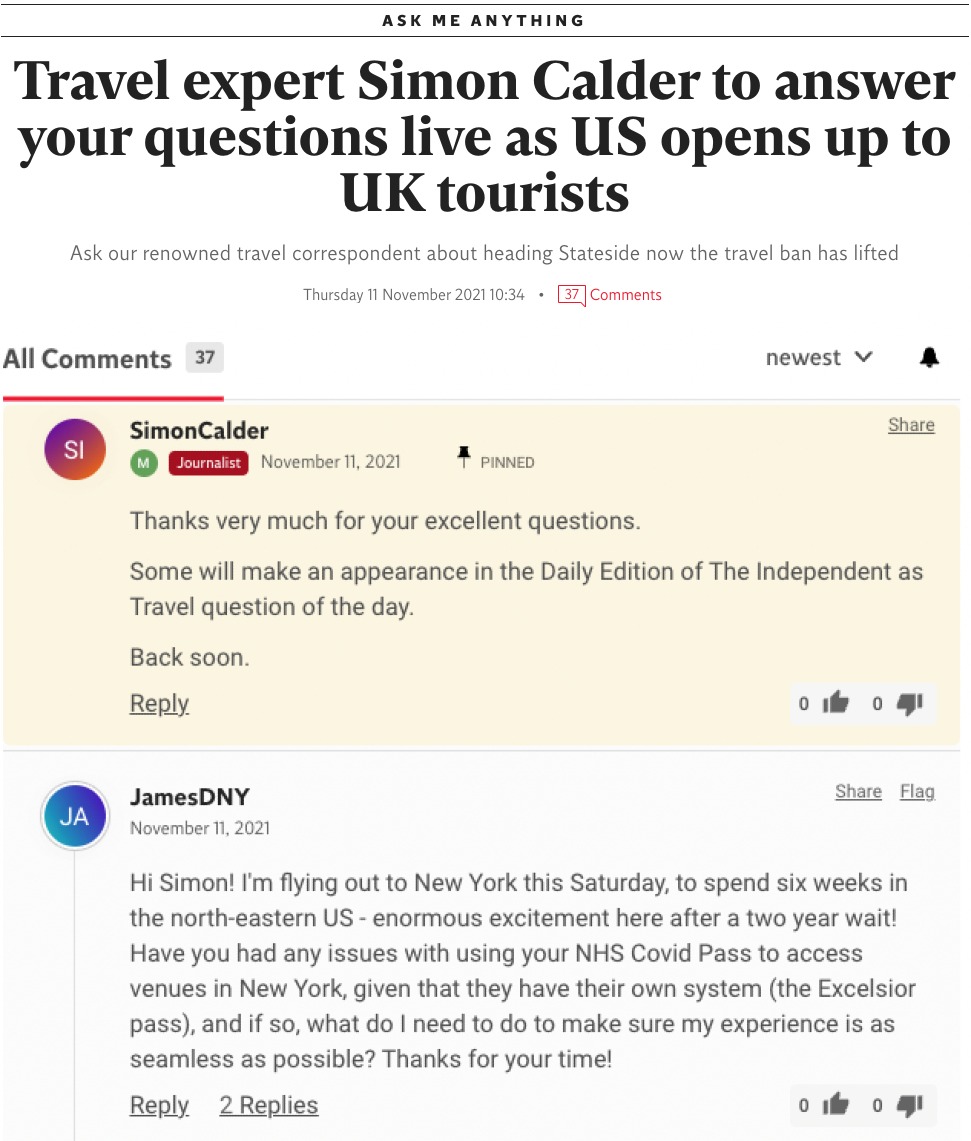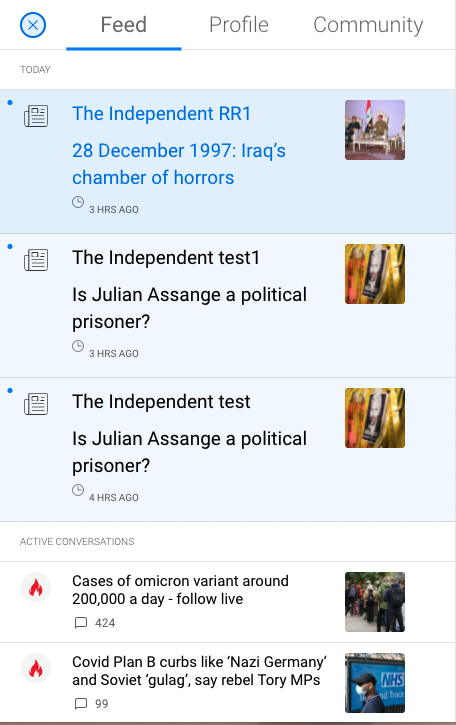Trolls, spam and misinformation have given commenting spaces a bad reputation.
Websites that are flooded with offensive and untrustworthy comments can lose the respect of advertisers and users. Publishers often think that the only solution is to give up and close down their commenting tools.
But shutting off the comments isn’t a solution; it’s a catalyst for serious business problems.
The issue with dropping commenting from your website
The reality is that media companies suffer the second they get rid of their website’s social tools.
“(Without comments, companies) lose a direct connection with their audience (and just provide) passive content for readers, as opposed to creating active opportunities for feedback and opinions,” says Mark Zohar, Viafoura’s president and COO. “That feedback loop between content, publisher and author is critical for high-performing content and re-engaging audiences.”
In a nutshell, media organizations need commenting tools to get closer to their communities and create better experiences for audience members and staff.
Companies that drop their comments aren’t solving anything; they’re just allowing their worst audience members to damage their brands.
Throw in the fact that 50% of new user registrations happen on web pages with commenting tools, and it’s easy to see why social spaces are must-have website features for all publishers hoping to grow closer to their audiences.

How to run safe and successful commenting spaces
Comment moderation is a publisher’s greatest weapon against offensive user behaviour. The importance of supporting any online social tools with advanced comment moderation services cannot be overstated — it’s what separates the safe, lucrative social spaces from those that are doomed to fail.
Media companies that pair their online commenting spaces with effective moderation give themselves the greatest chance to grow their audiences, customer loyalty and revenue without damaging their reputations.
“People want to participate in communities where they feel safe,” Zohar explains. “We know from our data that communities and sites with active, positive moderation that’s civil generate engagement on-site.”
When protected by Viafoura’s automated moderation services, our data shows that customers have seen engaged users spend 168 times more time on-site, gain up to 2,000 new monthly registrations, and view 3.6 times more pages than media companies without commenting tools.
“Where (commenting) doesn’t happen, we see a drop-off in engagement,” adds Zohar.
Instead of ditching comments, media companies can draw on moderation to create safe environments that invite journalists, readers and commenters to communicate and connect with each other.
Nervous that moderation might be too expensive to invest in?
There are plenty of cost-effective AI-based and human moderation options available. You can also look for an engagement tool provider that includes moderation services directly in their commenting solution for an affordable, hassle-free experience.
Get rewarded with user data
Newsrooms don’t get much value from sending content into a void, where they never hear about it again. Moderated commenting tools give journalists the chance to have positive conversations about their content, get feedback about it from their registered readers, and use that information to make content even more compelling in the future.
This means that as registered users leave comments on your site, you can expand your user data beyond their general profiles to include information on audience behaviours, interests, sentiments, propensity and purchase intent.
Once you have that declarative data, you can feed it into your business model.
“Allowing for users to communicate directly with you and (other readers) around content creates insights, (leading) to rich user profiles that evolve over time as they participate actively in the community,” says Zohar. “By understanding user behaviour on-site as well as user interest and propensity… publishers can improve things like newsletter curation, sign-ups and target users for subscriptions.”
The more first-party data you can get from commenters, the better you can group like-minded users together to personalize their experiences, send them subscription messages and show them relevant ads.
In other words, your commenting solution has the potential to give you an edge over your competitors. So whatever you do, don’t turn off the comments!
Want to know more about our commenting and engagement solutions? Click here to check out our product suite.
















